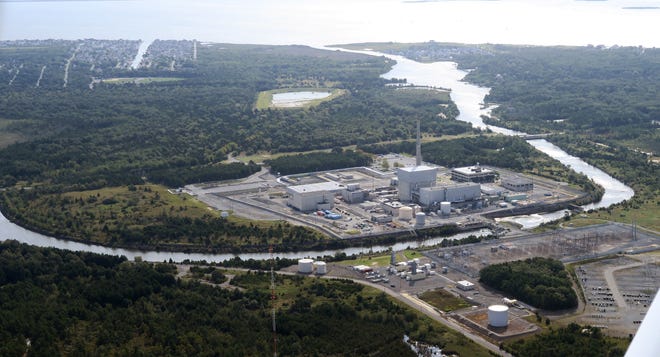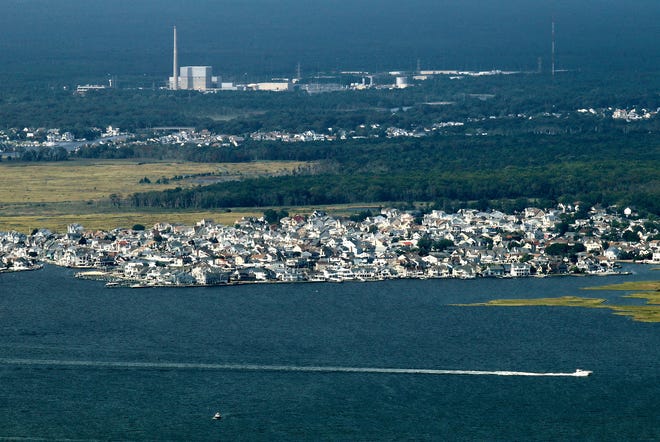Affordable Care Act enrollment hits record number

Demonstrators show their support for the Affordable Care Act in front of the Supreme Court in 2020. On Wednesday, the Centers for Medicare & Medicaid Services announced open enrollment for coverage under the ACA had hit a record number, with one month to go until the period closes.
The American Rescue Plan increased subsidies and extended enrollment times for the ACA this year. Of those people who signed up for plans through Dec. 15, 92% will receive premium tax credits for their 2022 coverage.
"The historic 13.6 million people who have enrolled in a health insurance plan so far this period shows that the demand and need for affordable healthcare remains high. Thanks to President Biden's American Rescue Plan, more people today have affordable coverage -- and we aren't finished yet: people still have time to sign-up and get covered before the Jan. 15 deadline. This holiday season, let's share the peace of mind that comes with having coverage," said Health and Human Services Secretary Xavier Becerra.
Open enrollment began Nov. 1 and the period runs a month longer than last year, until Jan. 15. Coverage begins Feb. 1.
The Biden administration has also prioritized reaching out to "those most in health coverage and who have historically lacked access," according to CMS. It has added marketing in six additional languages as part of that initiative.

Demonstrators show their support for the Affordable Care Act in front of the Supreme Court in 2020. On Wednesday, the Centers for Medicare & Medicaid Services announced open enrollment for coverage under the ACA had hit a record number, with one month to go until the period closes.
File photo by Ken Cedeno/UPI | License Photo
Dec. 22 (UPI) -- A record number of Americans have signed up for health coverage under the Affordable Care Act so far this year, according to the Centers for Medicare & Medicaid Services on Wednesday.
With a month to go in the current open registration period, CMS numbers show a historic 13.6 million people have registered for coverage in 2022.
Under the ACA, which is also known as Obamacare, more than 9.7 million people enrolled in coverage across the 33 states using HealthCare.gov for 2022. That figure is approximately 900,000 higher than the previous high of 8.8 million in 2018, when 39 states were using the platform.
In addition, almost 3.9 million consumers chose plans or were automatically re-enrolled in one for 2022 health coverage using the 18 State-based Marketplaces. That's up from 3.4 million people using 15 SBMs last year at the same time.
Dec. 22 (UPI) -- A record number of Americans have signed up for health coverage under the Affordable Care Act so far this year, according to the Centers for Medicare & Medicaid Services on Wednesday.
With a month to go in the current open registration period, CMS numbers show a historic 13.6 million people have registered for coverage in 2022.
Under the ACA, which is also known as Obamacare, more than 9.7 million people enrolled in coverage across the 33 states using HealthCare.gov for 2022. That figure is approximately 900,000 higher than the previous high of 8.8 million in 2018, when 39 states were using the platform.
In addition, almost 3.9 million consumers chose plans or were automatically re-enrolled in one for 2022 health coverage using the 18 State-based Marketplaces. That's up from 3.4 million people using 15 SBMs last year at the same time.
The American Rescue Plan increased subsidies and extended enrollment times for the ACA this year. Of those people who signed up for plans through Dec. 15, 92% will receive premium tax credits for their 2022 coverage.
"The historic 13.6 million people who have enrolled in a health insurance plan so far this period shows that the demand and need for affordable healthcare remains high. Thanks to President Biden's American Rescue Plan, more people today have affordable coverage -- and we aren't finished yet: people still have time to sign-up and get covered before the Jan. 15 deadline. This holiday season, let's share the peace of mind that comes with having coverage," said Health and Human Services Secretary Xavier Becerra.
Open enrollment began Nov. 1 and the period runs a month longer than last year, until Jan. 15. Coverage begins Feb. 1.
The Biden administration has also prioritized reaching out to "those most in health coverage and who have historically lacked access," according to CMS. It has added marketing in six additional languages as part of that initiative.



















